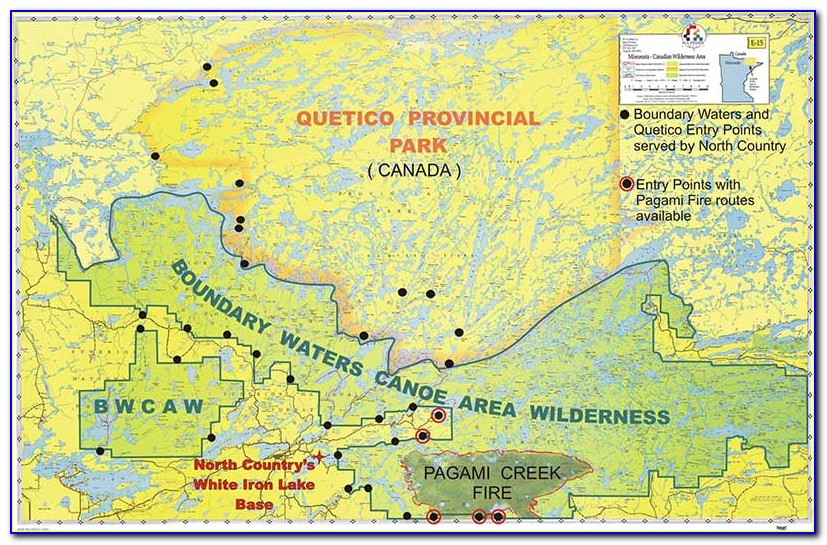

Do not move your bezel or compass housing! The number at the index line will give you the bearing to follow.Use the edge of the map to help you line this up. Hold the compass in place on the map and rotate the bezel so that “North” is lined up with north on the map.Make sure the direction of travel, or top of the compass, is pointed in the direction you are traveling. Place the edge of the compass on point A and the forward edge of the same side of the compass on point B to make a line between where you are and your destination.It will be a bit more work, but worth it. Take frequent, short compass reading to plot your course. To take a bearing you begin by selecting two points on the map, where you are and where you are going: Point A and point B. This is especially true when navigating around islands or aiming for a distant channel. The above method works well to generally keep you on the map, but there are times you need to plot a more precise direction, in terms of degrees – or bearing. It’s not precise, and some might squirm at this, but this simple method is certainly enough to keep you on the map. This will give you a quick sense of what direction you are traveling, and where features such as peninsulas and islands are relative to your direction of travel. Hold the map case flat and turn it so the magnetic needle in the compass points to the north of the map. Place the compass on top of the map, in the map case. All you do is fold your map into the map case in a way that you can clearly identify which way is north. This is one of the easiest ways to stay oriented and know your direction of travel. How you navigate, and how you use your compass while in a boat, comes down to comfort and style. Large bays on the map look flat when you’re a mile or so away. Islands are confusing, downright deceptive when you’re approaching them (sometimes they look like peninsulas, etc.).


But after an hour or so of closely following along on the map, you’ll develop as sense of how landmarks appear, how far you travel and so forth. This takes a little getting used to, especially if you use different scale maps. That is, get a sense of how bays, islands and divots along the shore appear on the map.

Using a map and compass to navigate from a canoe is a bit different than when hiking or orienteering.įirst and foremost, you need to get familiar with the surrounding shoreline and how it appears on the map. While compasses with a mirror sight can help you precisely pinpoint a distant portage trail or destination, they don’t work well in map cases and the accuracy and precision they offer aren’t necessary for exploring the BWCA. A basic baseplate orienteering compass (liquid-filled, of course) will do. You don’t need that fancy of a compass to navigate through the Boundary Waters. A map case will increase the longevity of your maps and because you can tie or clip the case to a pack or the canoe, it will prevent your maps from blowing away. Though Fisher and McKenzie maps may be waterproof, you should still keep them in a waterproof case, such as the ones made by NRS, SealLine and Sea to Summit. And they’re just as detailed as any navigation map. They print their maps on cloth bandannas, so they can be worn, tied to a pack or stuffed in a pocket. True North is relatively new to the map game and quite unique.McKenzie maps are larger scale (1:31,680 or two inches to one mile) which is great for precision navigation, but if you’re going any distance, you’ll be carrying a lot of maps!.They are easy to read and pleasure to travel with. Fisher maps are the iconic yellow and blue variety that have been a mainstay in the Boundary Waters for decades.Several companies make waterproof maps that cover the entirety of the Boundary Waters, and include all the portage trails, campsites and entry points. 7 Delicious Boundary Waters Dinner Ideas.


 0 kommentar(er)
0 kommentar(er)
